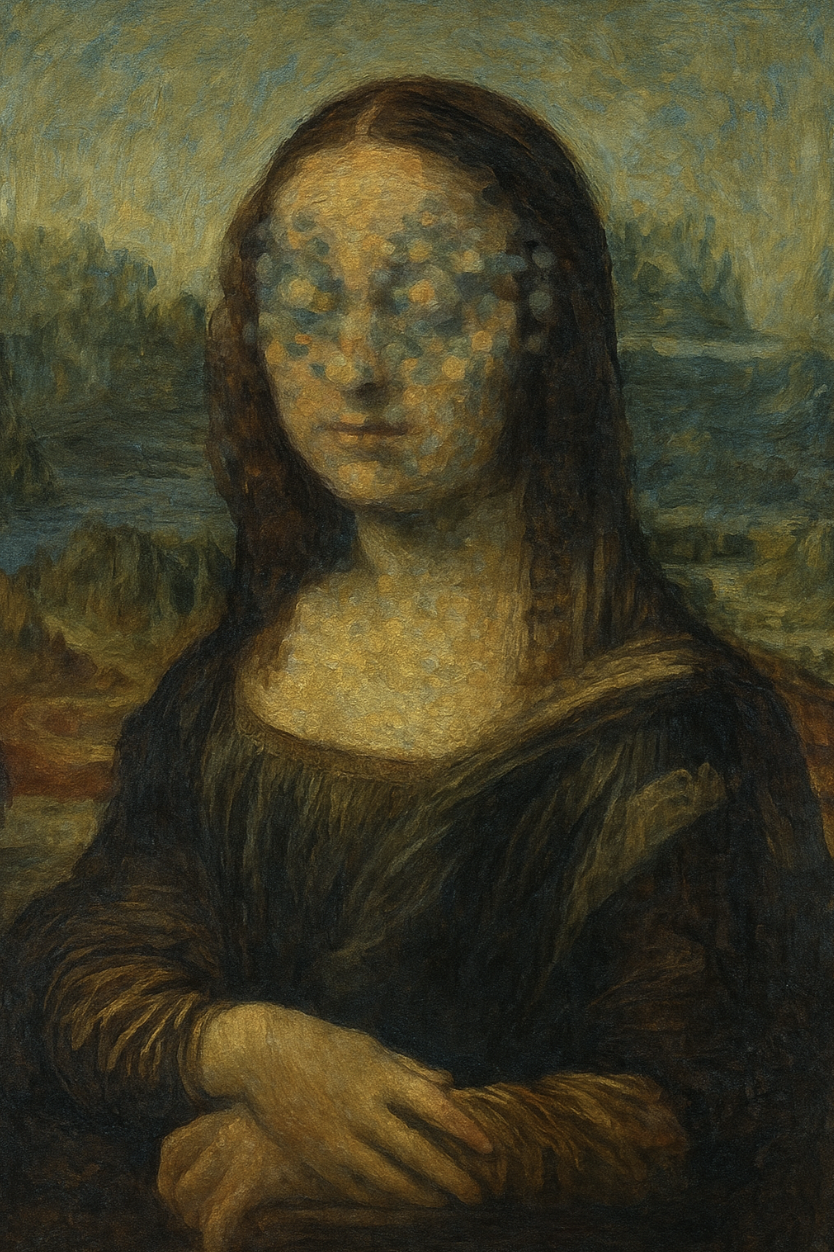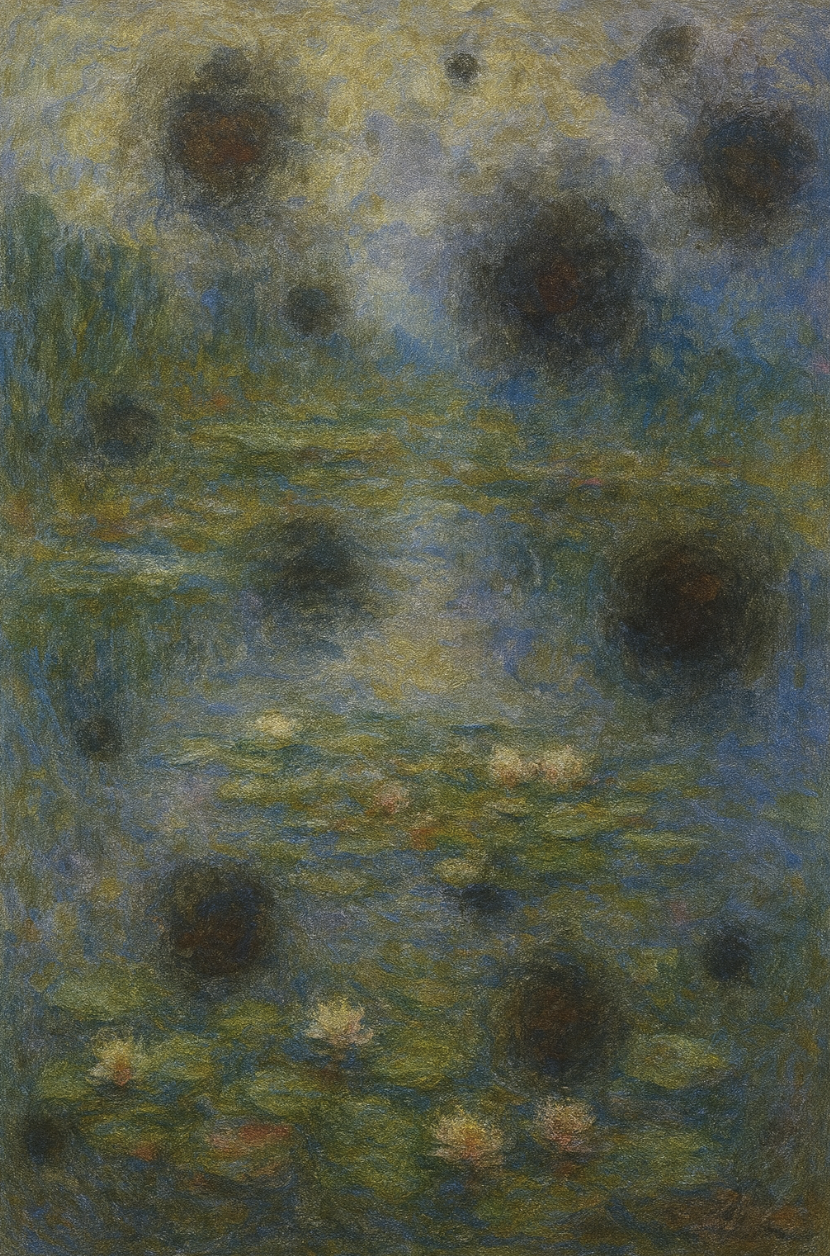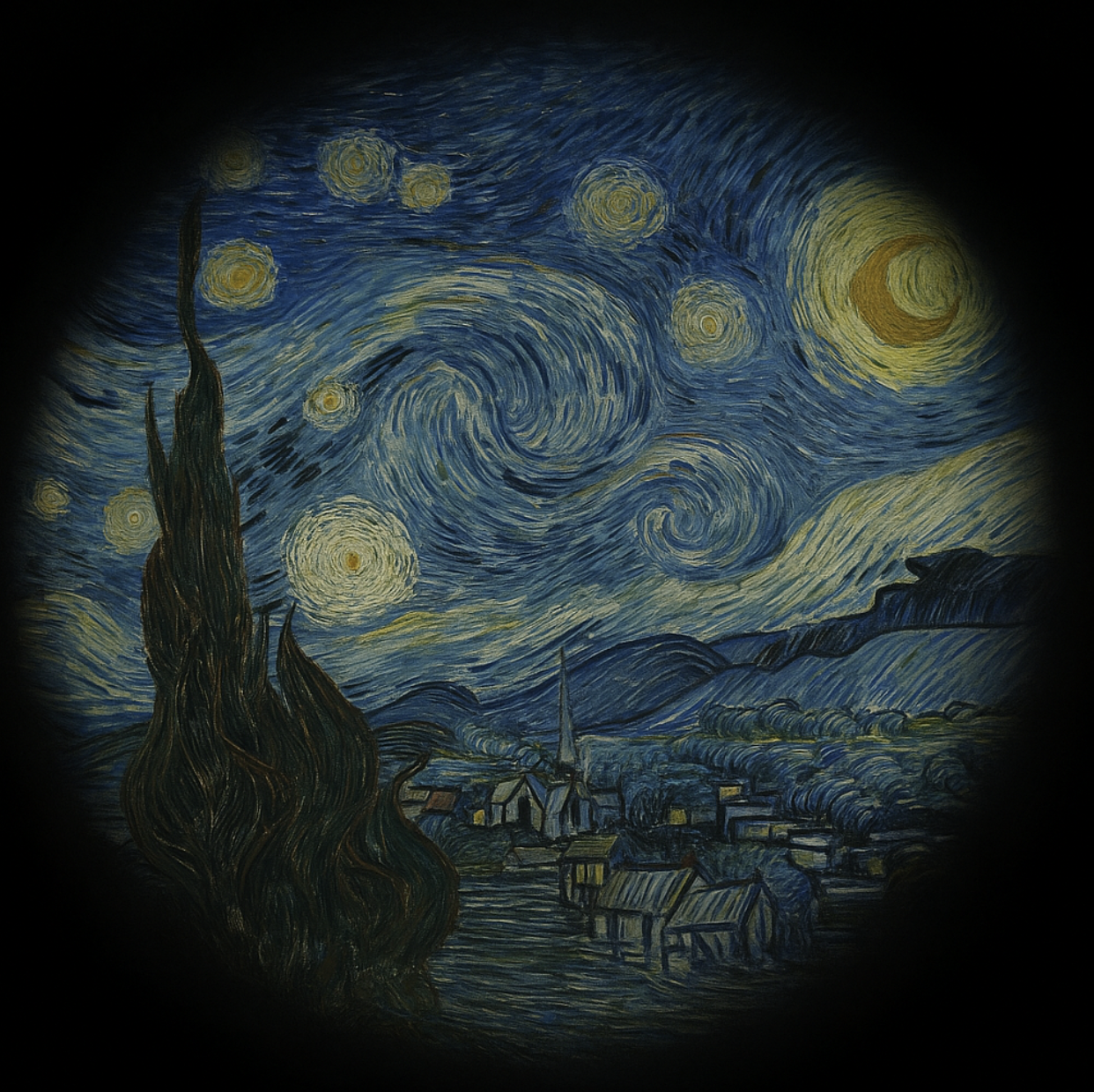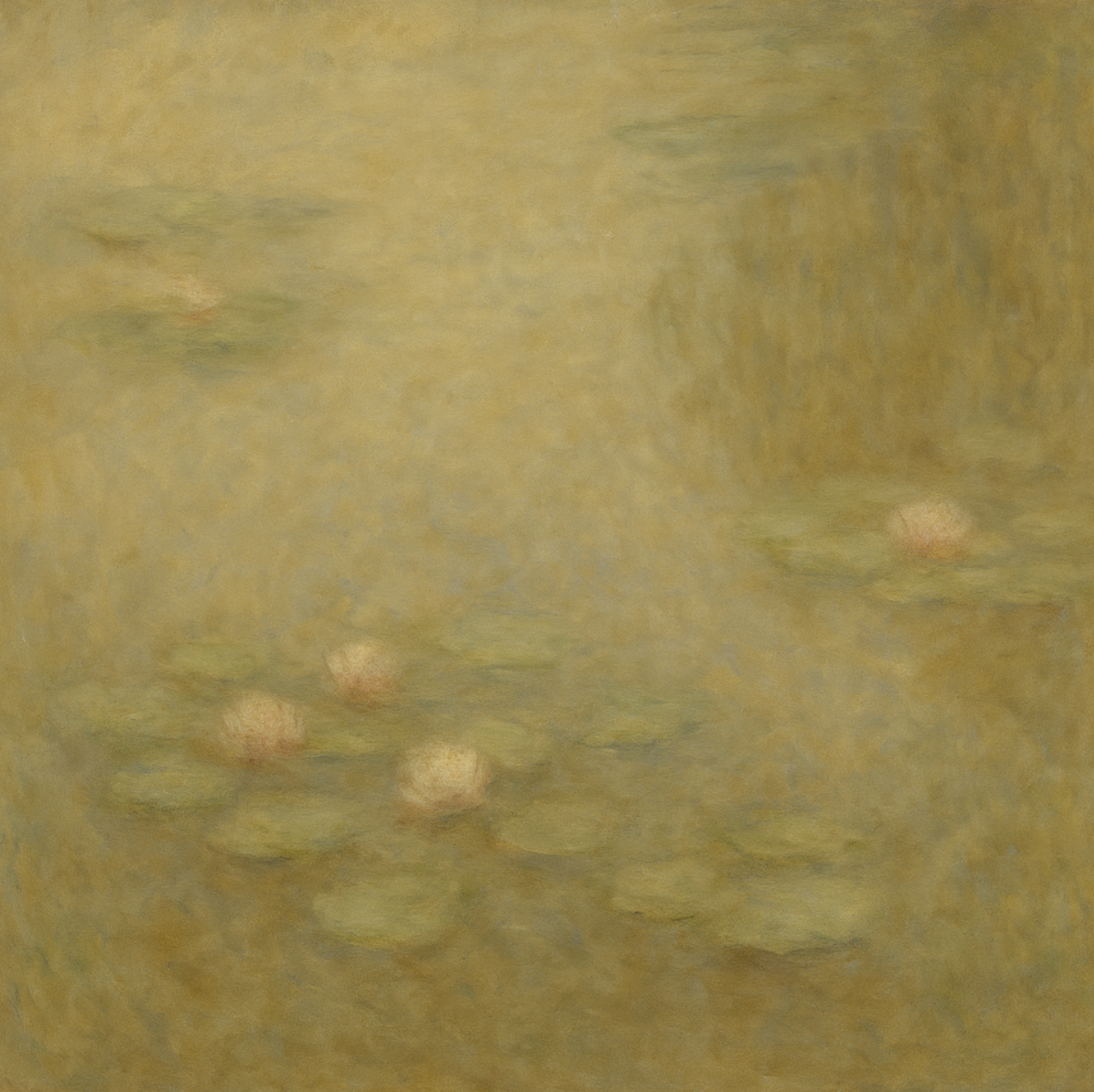Art has always been described as a “window to the soul.”
But what happens when the window itself—our eyes—becomes clouded by disease?
Eye conditions such as age-related macular degeneration (AMD), diabetic retinopathy, and glaucoma not only affect daily life, but they also profoundly alter how a person perceives shapes, colors, and light. Many patients describe their experience in ways that resemble artistic transformations of the world around them.In this article, we explore the fascinating link between art and eye health, showing how vision changes can mirror the styles of famous painters, and how understanding these changes helps us better appreciate both art and medicine.
👁 Age-Related Macular Degeneration (AMD): The Vanishing Center
- What patients see: AMD damages the macula, the central part of the retina responsible for sharp, detailed vision. People often notice a dark or blurry spot in the middle of their vision.
- Artistic analogy: Imagine Leonardo da Vinci’s Mona Lisa with her iconic smile blurred or missing, leaving the surroundings visible but the center faded or distorted.
- Impact: Reading, recognizing faces, and fine detail work become difficult, while peripheral vision remains intact.
🌸 Diabetic Retinopathy: The Stained Canvas
- What patients see: This condition is caused by damage to the small blood vessels in the retina due to diabetes. It leads to dark blotches, floating spots, and fluctuating vision.
- Artistic analogy: Think of Claude Monet’s Water Lilies covered by random ink stains or dark brush marks across the canvas. The scene is still there, but the blotches interrupt and distort it.
- Impact: Vision may change from day to day, making daily tasks unpredictable and frustrating.
🌒 Glaucoma: The Closing Frame
- What patients see: Known as the “silent thief of sight,” glaucoma gradually damages the optic nerve, often without early warning. The result is a progressive loss of peripheral vision, as if the field of view is shrinking into a tunnel.
- Artistic analogy: Imagine looking at Vincent van Gogh’s Starry Night through a circular frame that keeps closing in, leaving only the center. The vibrant swirls and sky remain visible, but the edges fade away.
- Impact: Patients may not notice changes until late in the disease, which is why regular eye pressure checks and exams are crucial.
🎭 Cataracts: The Fading Colors
- What patients see: Cataracts cause clouding of the natural lens, leading to blurred, dim, and yellowed vision.
- Artistic analogy: Like looking at an Impressionist painting through a fogged glass, where all the colors appear duller and less defined.
- Impact: With surgery, cataracts are reversible, restoring clarity and brightness to vision.
🖌️ Why This Matters
By linking visual symptoms to artistic metaphors, we can help patients, families, and the general public better understand how these conditions affect daily life. Artists have long experimented with blurred edges, distorted forms, and shifting light—sometimes mirroring the very way patients with eye diseases perceive the world.
✅ Takeaway
- Early detection is key. Regular eye exams can catch glaucoma, AMD, and diabetic retinopathy before vision loss becomes severe.
- Prevention matters. Controlling blood sugar, protecting eyes from UV light, avoiding smoking, and monitoring blood pressure all reduce risks.
- Vision is priceless. Just as art enriches our lives, preserving sight allows us to continue experiencing the world’s beauty in full color and detail.
🔹 At Centre Ophtalmologique du Glacis, Luxembourg, we believe in combining science, education, and creativity to raise awareness about eye health.
After all, the eye is not only a medical organ—it is also the lens through which we experience art and life itself.



